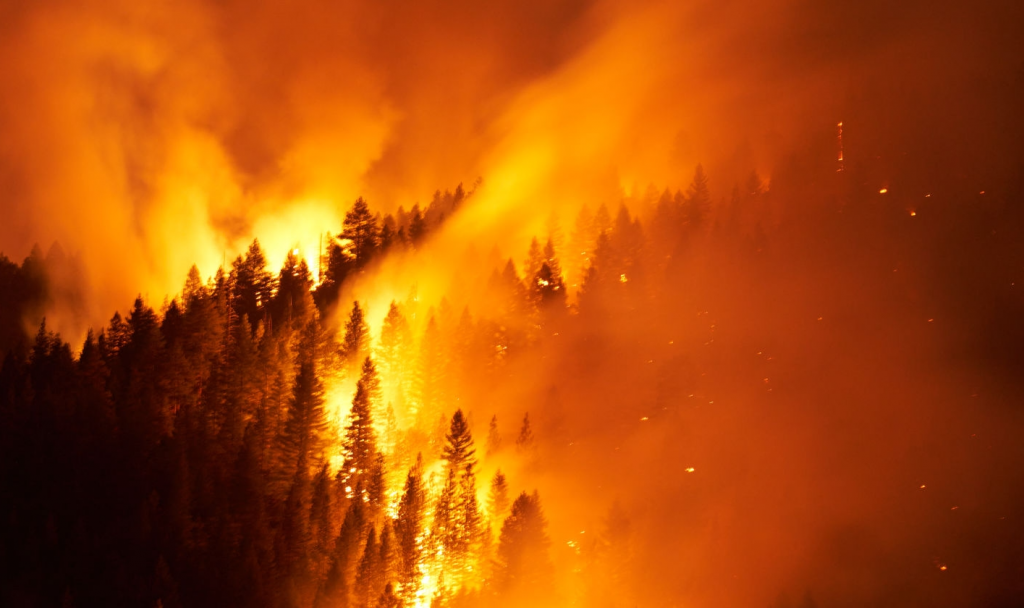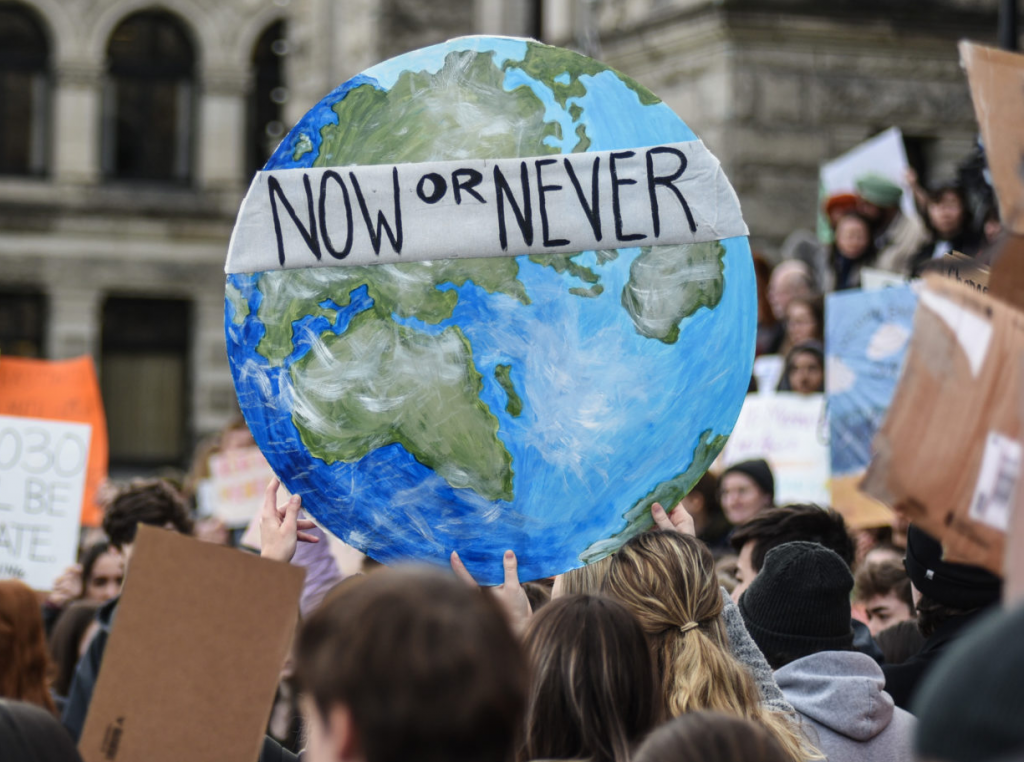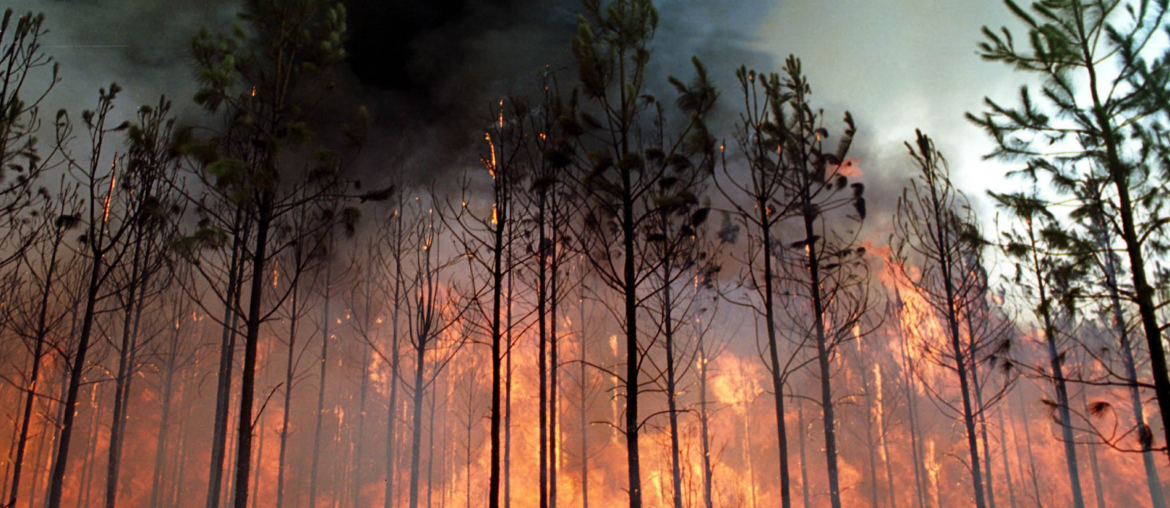Saying goodbye to 2021, it’s time to take a look back at one of the most painful issues that every nation in the world has been struggling with during this tough year: wildfires. Responding to wildfires has always been an urgent matter for all countries, but we don’t seem to be doing a good job. After shocking the world in 2019 with fire, the situation hasn’t got any better there in the Amazon with more than 1,000 large fires that have occurred since early 2021. It’s becoming harder and harder for us to recall the image of the planet’s green lungs they used to be.
Latest Figures Are Warning Us
2019 and 2020 are not yet the worst time for the planet’s green lungs, as 2021 has ended with another devastating wildfire season on multiple continents, more disastrous than ever. Due to the greenhouse effect caused by climate change, our planet is experiencing an average of 1 degree Celsius in annual temperature increase, which makes the wildfire season 3-4 months longer than it was in the 90s, doubling the risk of wildfires worldwide.
According to the Center for Disaster Philanthropy, around 70,000 wildfires big and small have been emitted around the world, heavily destroying nearly 17.95 million acres of forest, causing the death of at least 4000 people.
Statistics from the National Interagency Fire Center (NIFC) and the Canadian Interagency Forest Fire Centre (CIFFC) have shown that the vast majority of the wildfires happened in North America and Canada (over 57,000). Although the number of wildfires is about 10% less than in 2020, the intensity and scale have become larger and more severe due to heatwaves and prolonged drought conditions.
Other regions have also reported their worst wildfire season in decades. In Africa, Asia, Europe, Oceania, there have been 21 large wildfires that occurred with nearly 2,000,000 acres of forest burned.
Climate change is causing a lot of negative effects to our planet, making wildfires happen more frequently and severely. The above figures are really the warnings that Mother Nature sent to us, saying that the efforts we’ve put in to solve climate change are not enough. If we don’t take these warnings seriously, chances are the 2021 wildfire season is not yet the worst.
The Rise of Global Wildfires and Experts’ Explanation
Explaining the rapid increase of global wildfires in terms of scale and intensity, experts have proposed research showing that heat and dryness are the main causes of wildfires. According to the research from the University of California (UCLA), vapor pressure deficiency (VPD) is determined to be the major factor causing dry air. The higher this indicator is, the more water vapor the air absorbs from soil and plants, making them dryer and more prone to burning.
The results obtained from this research have shown that the lack of vapor pressure is caused mainly due to the effects of climate change (approximately 70%), which are – obviously – the responsibility of humans.

As greenhouse gas emissions continue to rise, so does our planet’s average temperature. The World Meteorological Organization (WMO) annual report has shown that 2021 is the sixth or seventh warmest year in history with a mean temperature average increase of 1.09 degrees Celsius. This increase in global mean temperature has strongly affected the state of the climate of every part of the world, especially regions with extreme summers like North America or Europe. A lot of record-breaking heat waves have been recorded with the highest temperature of over 54.4 degrees Celsius. This is one of the reasons why it seems unlikely that global wildfires will be reduced in the near future.
Take Action Before It’s Too Late
After 2 weeks of discussion, the 26th UN Climate Change Conference (COP26) – one of the largest environmental events of the year – closed on November 13 with both hope and disappointment. A statement has been made by the Secretary-General of the United Nations – Mr. António Guterres – affirming that our planet is at the edge of the climate change catastrophe, and there is a need for consensus of countries to accelerate the actions for the environment.
A lot of bright spots have occurred in this year’s conference, especially about the Glasgow Climate Agreement and the completion of the Paris Rulebook, the premise for the Paris Agreement’s operation. These two documents are all created with the goal of securing global net-zero by 2050 and keeping the global temperature rise under 1.5 degrees Celsius, limiting global warming – one of the worst climate change issues.
However, COP26 is yet to be considered a successful conference, as a lot of problems are still left unsolved. Even though the goals are clearly set, some of the major carbon emitters such as Australia, China, Saudi Arabia, Brazil, and Russia haven’t been able to bring out reliable plans to achieve mutual targets.
Besides, through the outcomes of the COP26, we can easily realize that the efforts to support vulnerable nations in the combat against climate change, especially in protecting and restoring ecosystems and responding to wildfires haven’t shown many positive results. There’s still a third of the way to reaching the goal of mobilizing $100 billion per year by 2020 and through 2025, which means developing countries will still have to face difficulties in solving the effects of climate change for quite some time.

Despite the fact that a lot of global efforts have been and are being made to protect and take care of our planet, we all understand that it’s not going anywhere without the effort of individuals. Financial contributions are not the only solution. At Tenere, we help you be a part of the forest-protecting activities through daily shopping, as we believe it’s always a better choice to be able to restore forests when shopping compared to spending money to deal with wildfires and other weather disasters that are getting worse due to climate change.









